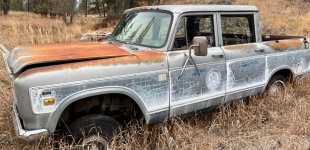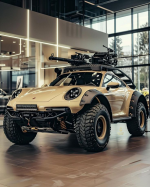KFhunter
Veteran Member
Big deal. Having the only working vehicle makes you a target of so many different groups.
People will kill for it.
What if you’re part of the baddest group around?
I won’t be lone wolf, nor even a wolf.
I’ll be the guy feeding the wolves.




